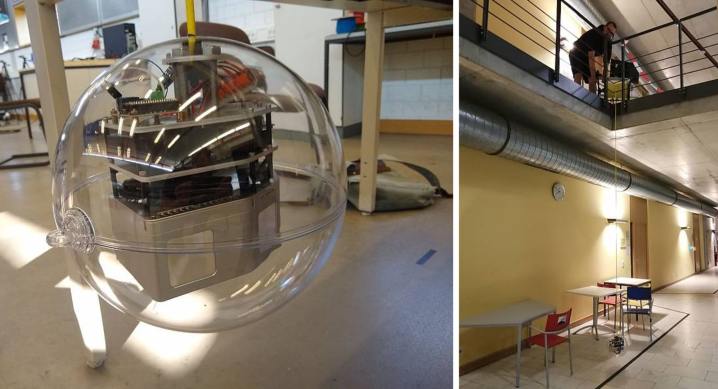
Most exploration of the moon focuses on its surface, but a trio of missions proposed to the European Space Agency (ESA) would head below ground to explore the subterranean lunar world.
The moon has a number of lava tubes to explore, which were formed during lava eruptions and which leave a tube-shaped passage beneath the surface. These could be as large as 500 meters wide and have even been proposed as a site for humans to build a habitat due to the protection they offer from radiation. But there has never been a mission to explore these tubes in-depth, and ESA wants to change that.
ESA invited proposals for potential missions and developed three mission scenarios: Firstly, a scout of where to enter pits and caves from the surface, secondly, a probe which could be lowered into a pit, and thirdly, autonomous rovers to explore the tubes in depth.
“Although the studies were very different in topic and approach, they all provided great insight into potential technologies for exploring and investigating the geology of the Moon’s subsurface,” said Loredana Bessone, Technical Officer for the studies and Project Manager for ESA CAVES and PANGAEA, in a statement “It’s been a fascinating journey, and a great opportunity for ESA to start looking into missions to explore lunar caves.”
The round probe shown above would be lowered into a pit using a tether, to look around and explore the first part of the underground cavern system. Developed at the University of Würzburg, it is named Daedalus and could move independently and record its environment using 3D lidar and stereo cameras. It could create a 3D map of the inside of a cavern to identify resources or find safe environments for creating a habitat.
ESA also shared this vertigo-inducing view of entering a lunar lava tube, to help you picture what exploration might look like:
Editors' Recommendations
- These 3 companies are developing NASA’s new moon vehicle
- Asimov’s vision of harvesting solar power from space could become a reality
- See images of the tilted Odysseus lander on the moon
- Lunar lander is on its side on the moon’s surface
- U.S. spacecraft lands on the moon for the first time in over 50 years





